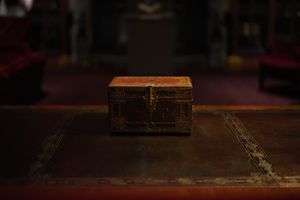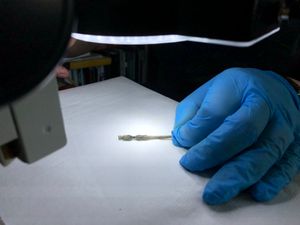Part eight of a nine part series of articles from Mark Barden, our Community Cultural Experience Manager here at Hampshire Cultural Trust, 'digging the dirt' on all things archaeology.
Episode 8: Yes, but what does it all mean? – Burials: part 2
‘Exotic’ graves are those that have been identified by archaeologists as containing unusual objects or when the individual has been buried in an unusual way. They may help identify non-locals or individuals of high status among the burials, although relying on objects to do this can be misleading.
Let’s take a look at one from the Lankhills Roman cemetery in Winchester and see what it can tell us.
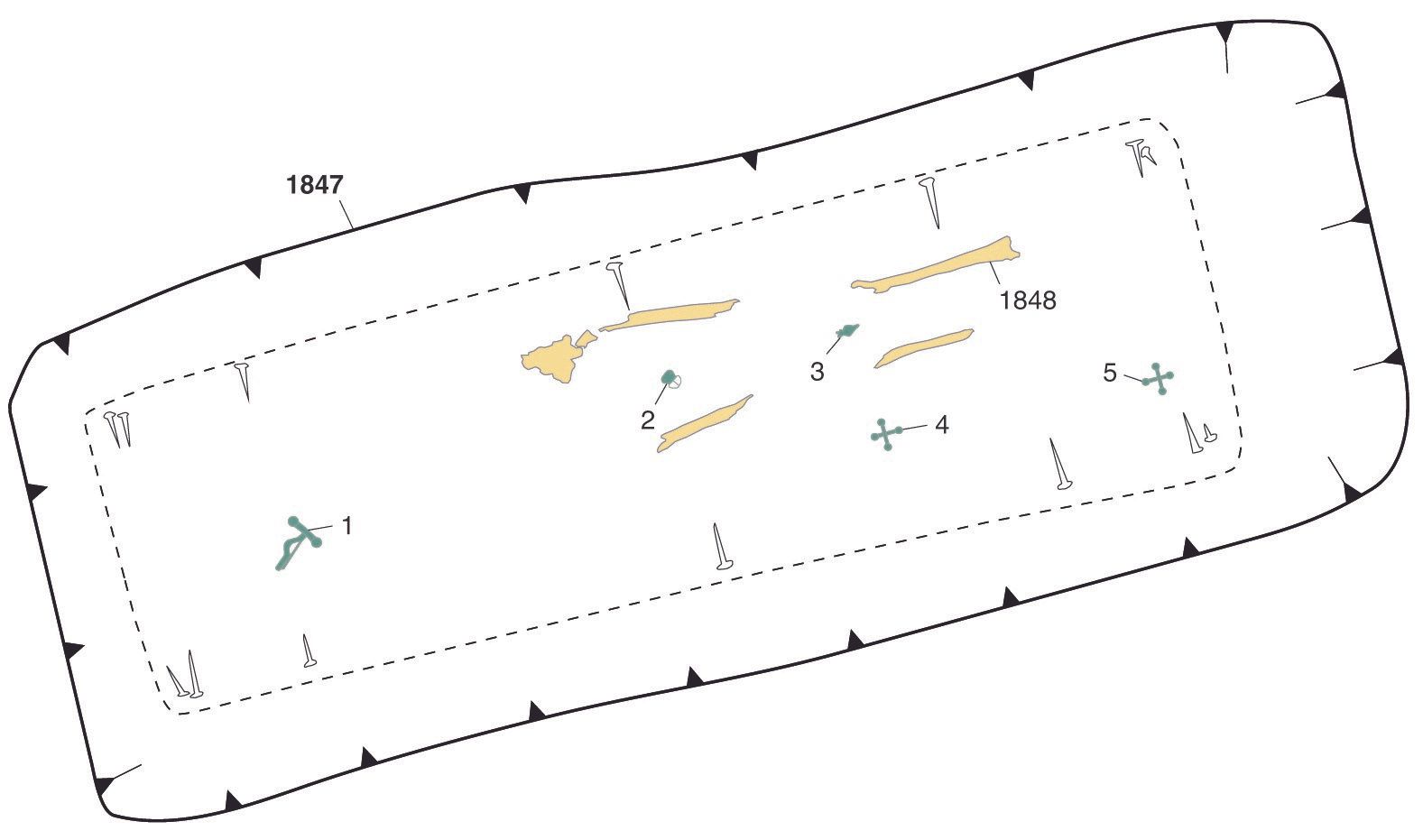
This grave plan shows poor bone preservation with only fragments of leg bones surviving, making isotope analysis impossible. Perhaps the objects found in the grave, marked on the plan, can fill in the gaps.
Three of the objects tell us this individual was fully clothed when buried, but what else can they tell us?
1. A copper alloy ‘crossbow’ brooch. If you look carefully you can just see an inscription which reads 'VTRE FELIX' - 'good luck to the user' and 'VENE VIVAS' or 'bene vivas'- 'live well'. The brooch is positioned on the right shoulder, possibly to hold a cloak in place.
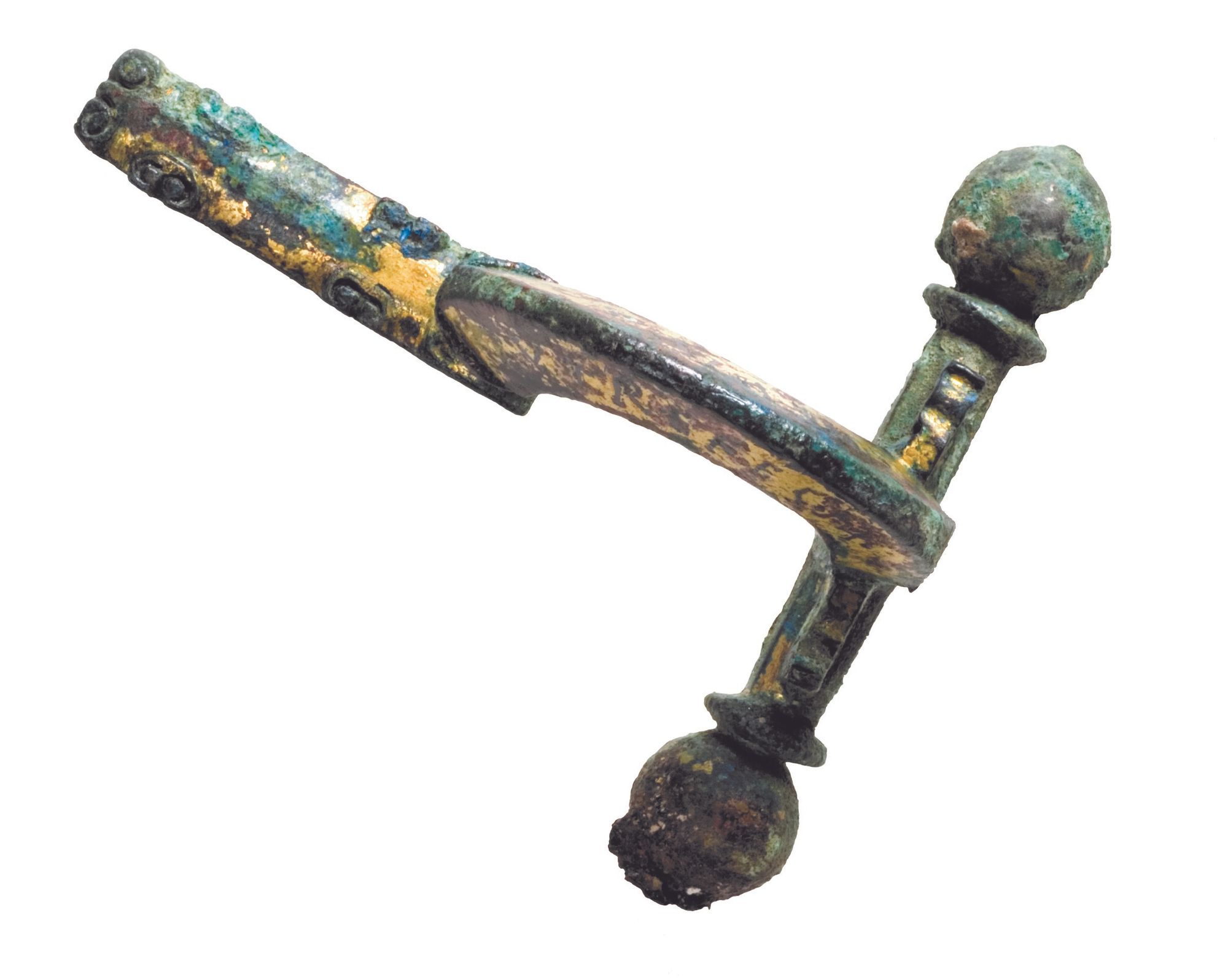
2. A gilded silver belt buckle found approximately in the area of the waist.
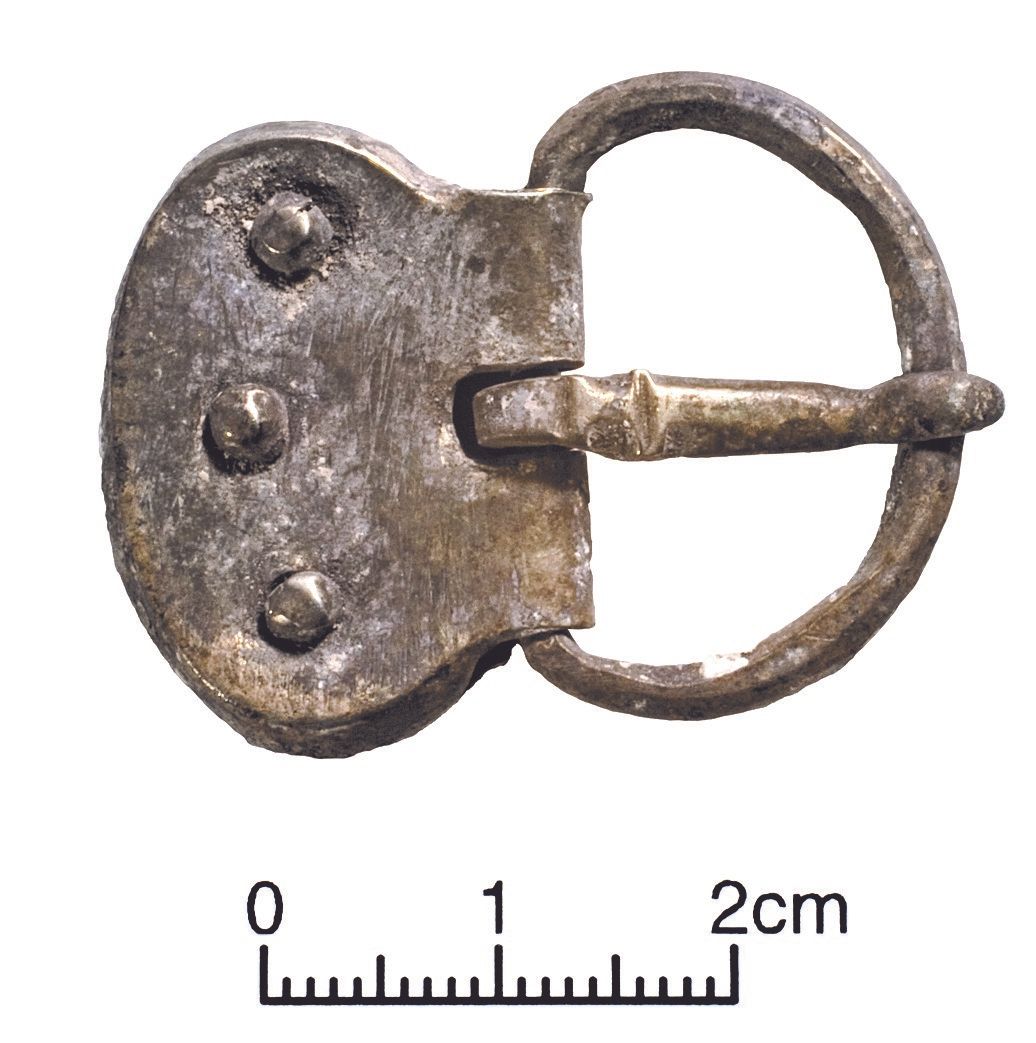
3. A gilded silver strap end marks the other end of the belt. After being fastened through the buckle the excess length of belt reaches down to the level of the knees.
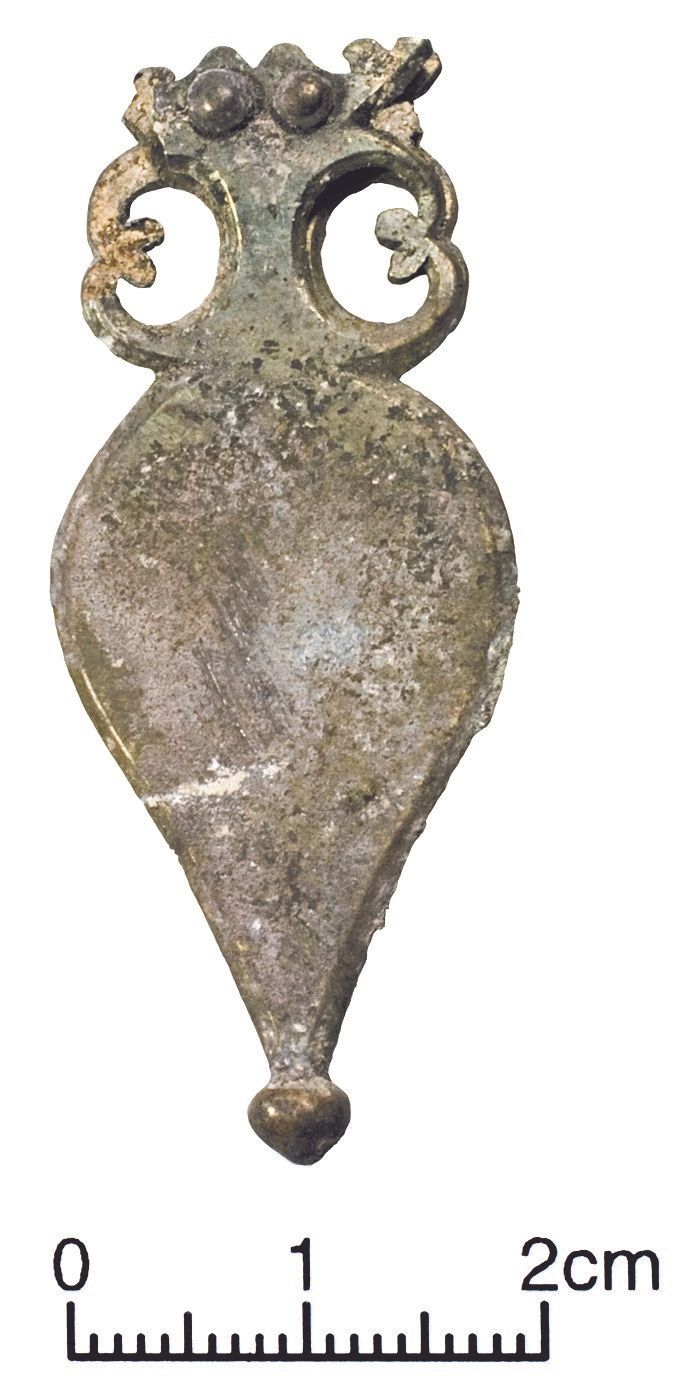
4. & 5. Spurs.
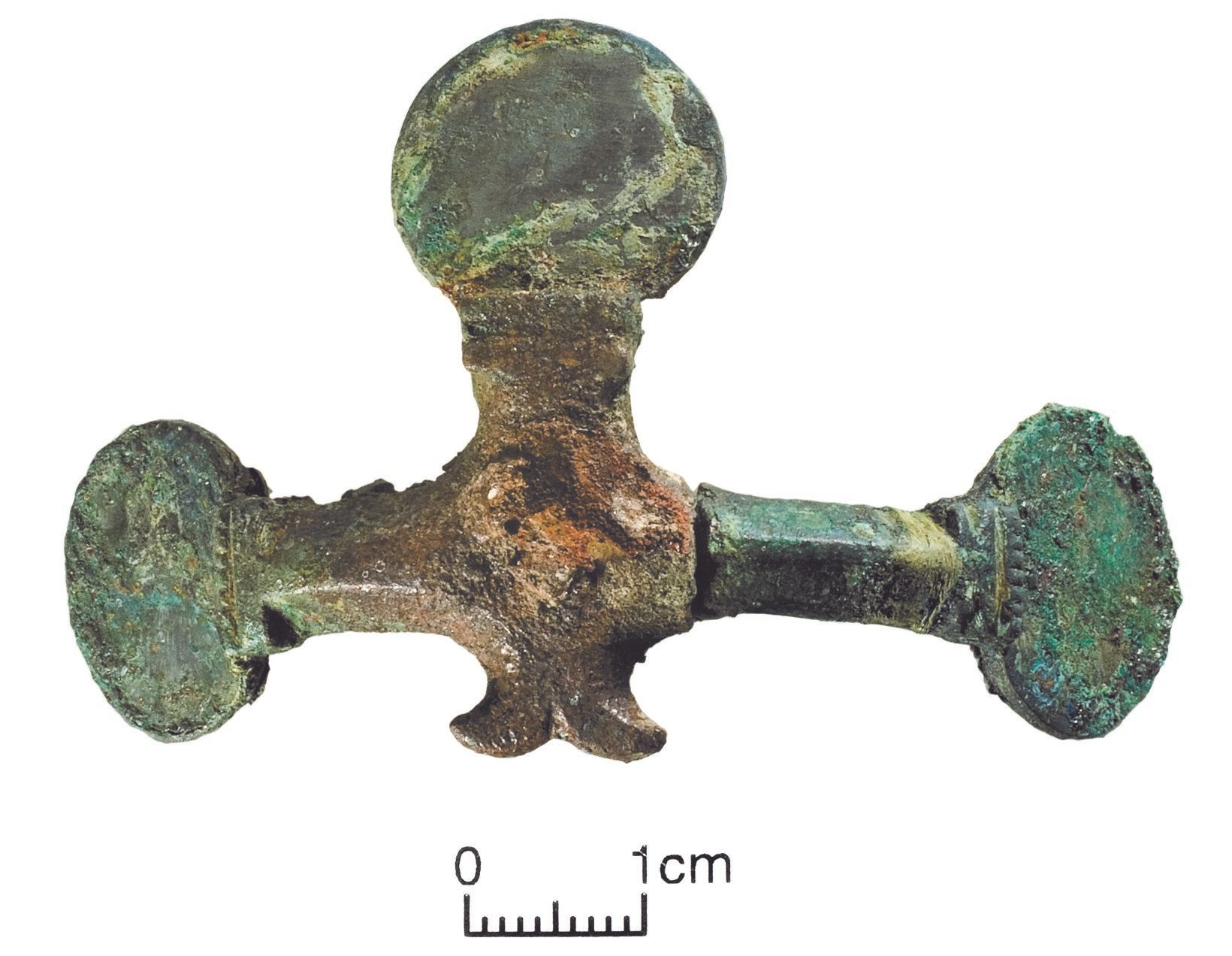
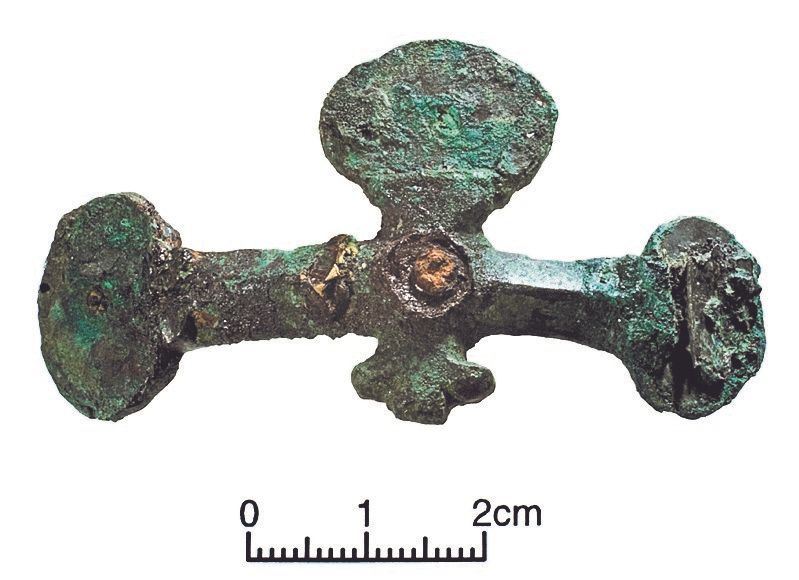
Such finds are rare in Roman graves in Britain, being more commonly found in Central Europe. Could the person in the grave have been a senior foreign official in the Empire, or even a soldier from beyond the frontier?
If he was in the army he wasn’t buried with his hobnail sandals, which were standard military issue. The iron coffin nails survived so the iron hobnails should have been found as well.
The spurs suggest he owned a horse, did his duties require him to travel regularly?
These objects may indicate a relatively wealthy individual. Yet although he was buried in a wooden coffin rather than just a shroud, as indicated by the coffin nails, a lead lining for the coffin, not uncommon in wealthy Roman burials, was obviously an expense to far.
The brooch, while an impressive looking thing, may have simply been a family heirloom and the rest of the grave goods can be classified as purely functional objects that tell us little more about the individual they were buried with.
The frustration, and fascination, of archaeology is that most of the time the final pieces to the puzzle remain tantalizingly out of reach. Further research may help fill in the gaps but there will always be the unsolved mystery, plenty to theorise and argue over.
Most archaeologists wouldn’t have it any other way.


